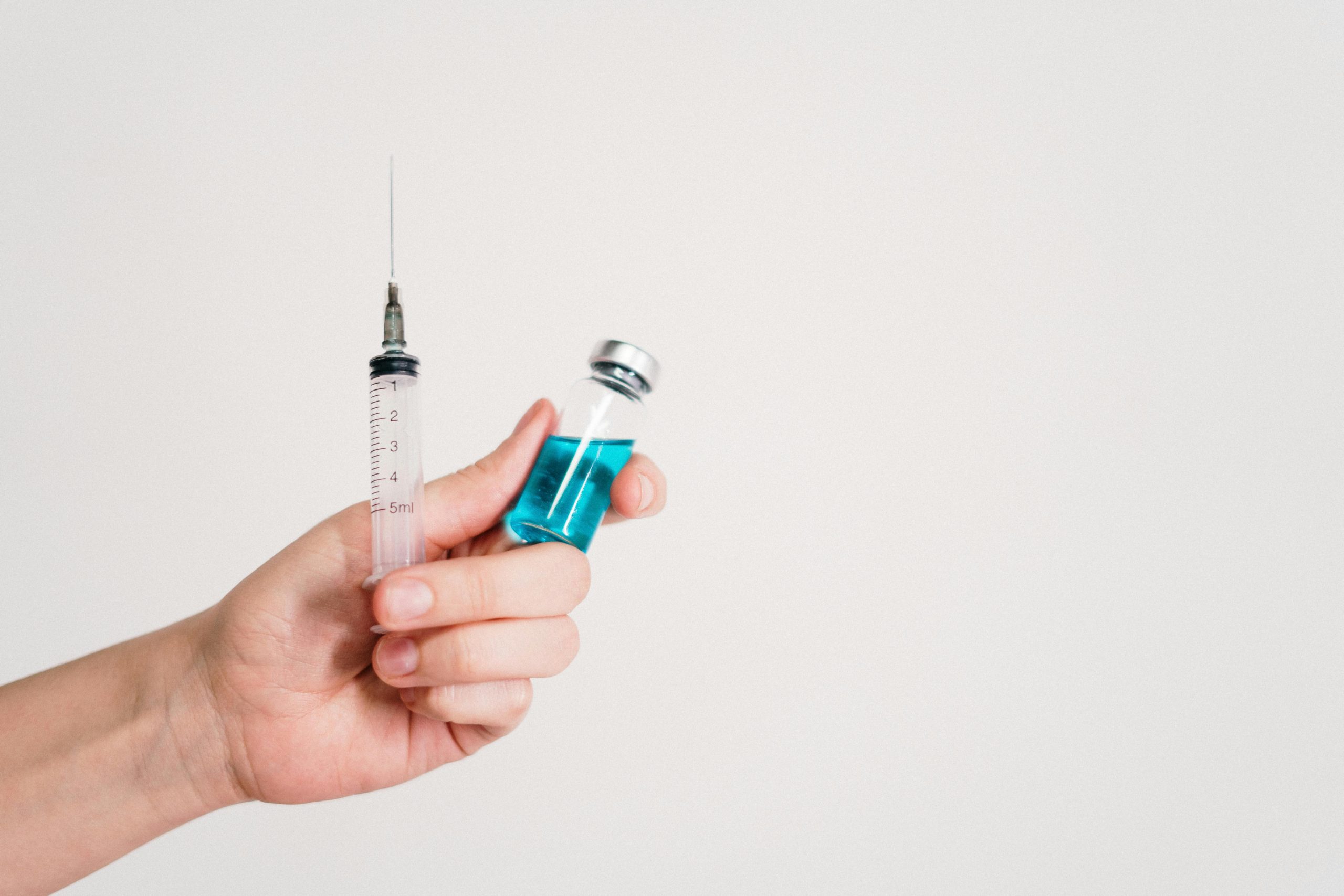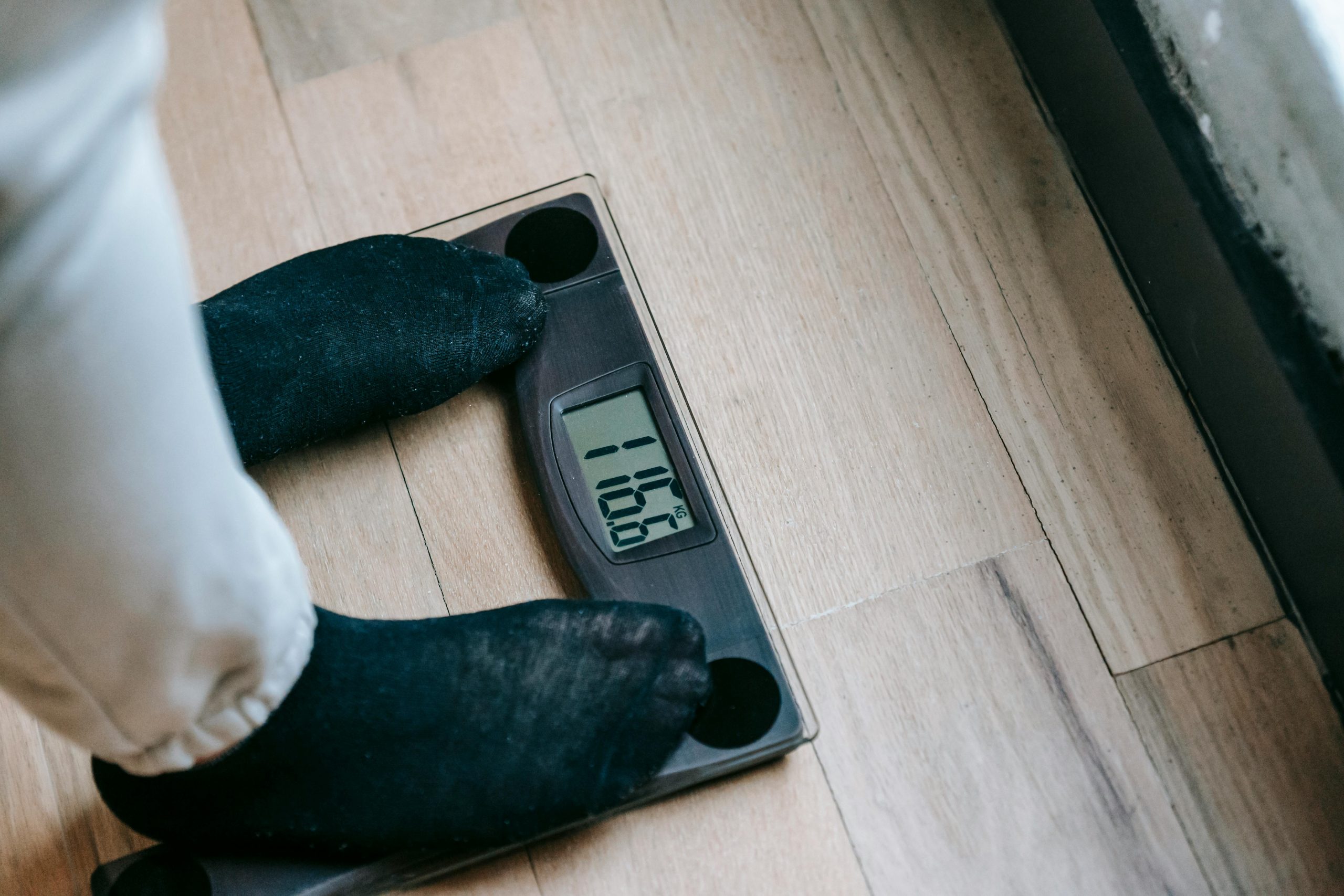Peptide injections are becoming more popular for wellness, recovery, anti-aging, and even weight management.
And while results can be positive, people often ask the same question: what about the side effects?
The truth is that most are mild and short-lived, but knowing what’s normal versus what requires medical attention is key.
What Are the Common Side Effects of Peptide Injections?
The most peptide injection side effects include:
- Redness or swelling at the injection site
- Mild itching or bruising
- Headaches
- Flushing
- Temporary water retention
These usually resolve within 24–48 hours.
Call your provider if you experience a spreading rash, hives, facial swelling, pus at the site, chest pain, shortness of breath, or severe or ongoing nausea.
What Are The Common Short-Term Side Effects Of Peptide Injections
Let’s look at some of the common more short-term side effects of peptide injections:
Injection Site Reactions
Redness, mild swelling, a small bump, or slight bruising are expected after an injection.
Some people also notice temporary itching or tenderness.
These are generally not serious and fade quickly.
Systemic Effects
Because peptides interact with your body’s natural hormone pathways, you might feel mild headaches, flushing, fatigue, or water retention.
These typically improve as your body adjusts.
Red-Flag Side Effects: When to Call a Provider
While most side effects are minor, some symptoms should never be ignored.
These include:
- Spreading rash or hives
- Swelling of the face, lips, or tongue
- Difficulty breathing or chest pain
- Fever, pus, or warmth at the injection site
- Severe or persistent nausea, especially linked to PT-141
Side Effects by Peptide Type
Let’s look at some of the common side effects of different peptide types:
CJC-1295 / Ipamorelin
May cause water retention, tingling in the hands or feet, headaches, or joint discomfort.
Sleep changes are also possible as your body adjusts.
BPC-157
Limited human research means long-term safety isn’t well documented.
Reported side effects include dizziness and headaches.
Contamination is a bigger concern if purchased from unreliable sources.
Note that BPC-157 is banned in sports by WADA.
PT-141 (Bremelanotide)
Nausea is the most common side effect.
Flushing, headaches, and mild injection-site discomfort are also possible.
Melanotan II
Known for tanning effects but flagged for risks.
It can darken freckles or moles, and health agencies have raised safety concerns.
Tesamorelin and Others (Sermorelin, TB-500)
Can cause fluid retention, joint pain, or carpal tunnel–like symptoms.
Usually improve with dose adjustments and monitoring.
Side Effects of Semaglutide and Tirzepatide
Semaglutide and tirzepatide have side effects a little different than other peptide therapies.
- Semaglutide and tirzepatide most often cause nausea, vomiting, diarrhea, constipation, and fatigue. These are digestive side effects because the medications slow stomach emptying.
- Serious risks exist for both categories, but they differ. With GLP-1s, gastrointestinal side effects are the biggest concern, while with peptides it’s more about injection safety, allergic reactions, and source quality.
By understanding the difference, patients can set realistic expectations and choose the treatment that best fits their goals.
How to Lower Your Risk of Side Effects
Let’s take a look at how you can reduce your risk of peptide therapy side effects:
- Rotate injection sites to avoid irritation
- Always use sterile needles and proper technique
- Get peptides only from licensed, reputable pharmacies
- Start with conservative dosing and track your response
- Report anything unusual to your provider early
Who Should Avoid Peptide Injections?
Not everyone is a candidate.
Peptide injections should be avoided by people who are pregnant, breastfeeding, living with uncontrolled diabetes, certain autoimmune conditions, or active cancer.
Athletes should also be cautious, since many peptides are banned in professional sports.
SEE IF PEPTIDE THERAPY IS RIGHT FOR YOU
How We Prioritize Safety at Optimize Integrative Health
At Optimize Integrative Health in Tampa Bay, we focus on safe and effective use of peptide injections.
Every treatment plan is customized, we only source from trusted pharmacies, and follow-ups are built in to monitor results and side effects.
This way, you can focus on your health goals while we keep safety top priority.
Bottom Line: Peptide Injection Side Effects
Peptide injections are generally well tolerated, with most side effects being mild and temporary.
The key is recognizing what’s normal, what’s not, and working with a provider who understands both the benefits and the risks.
At Optimize Integrative Health, we’re here to guide you safely every step of the way.
FAQs: Peptide Injection Side Effects
What are the side effects of peptide injections?
The most common side effects include mild redness, swelling, bruising, itching at the injection site, headaches, flushing, and short-term water retention. More serious but less common reactions can include allergic responses, infection, or severe nausea depending on the peptide.
How long do peptide injections last?
The effects vary depending on the specific peptide, dosage, and individual response. Some peptides last only a few hours, while others can have effects that last for days. Most treatment plans involve multiple injections per week to maintain consistent benefits.
How quickly do peptide injections work?
Results depend on the peptide used and your body’s response. Some, like PT-141, can have noticeable effects within hours, while others, such as CJC-1295/Ipamorelin, may take weeks of consistent use before benefits become clear.
When is the best time of day to inject peptides?
It depends on the peptide. Growth hormone–stimulating peptides like CJC-1295/Ipamorelin are often taken at night to align with your body’s natural hormone cycle, while others may be used in the morning or before specific activities. Your provider will guide timing for best results.
What are the best injections for weight loss?
Several peptides, such as CJC-1295/Ipamorelin, are sometimes used to support fat metabolism and body composition. However, semaglutide and tirzepatide—though not peptides—are currently the most effective injectable options for weight loss due to their impact on appetite and blood sugar control.
What are the benefits of semaglutide?
Studies show that semaglutide, known under brand names like Ozempic and Wegovy, helps regulate blood sugar and significantly reduces appetite, making it effective for weight loss and type 2 diabetes management.
What are the benefits of tirzepatide?
Tirzepatide, marketed as Mounjaro or Zepbound, works on two pathways—GLP-1 and GIP—leading to even greater weight loss results for many people, along with improved blood sugar control in type 2 diabetes.




